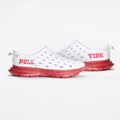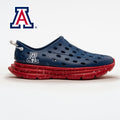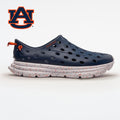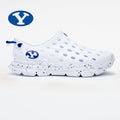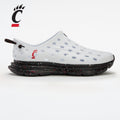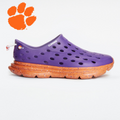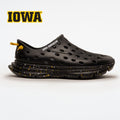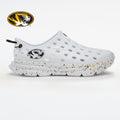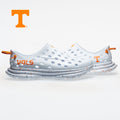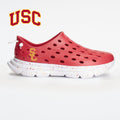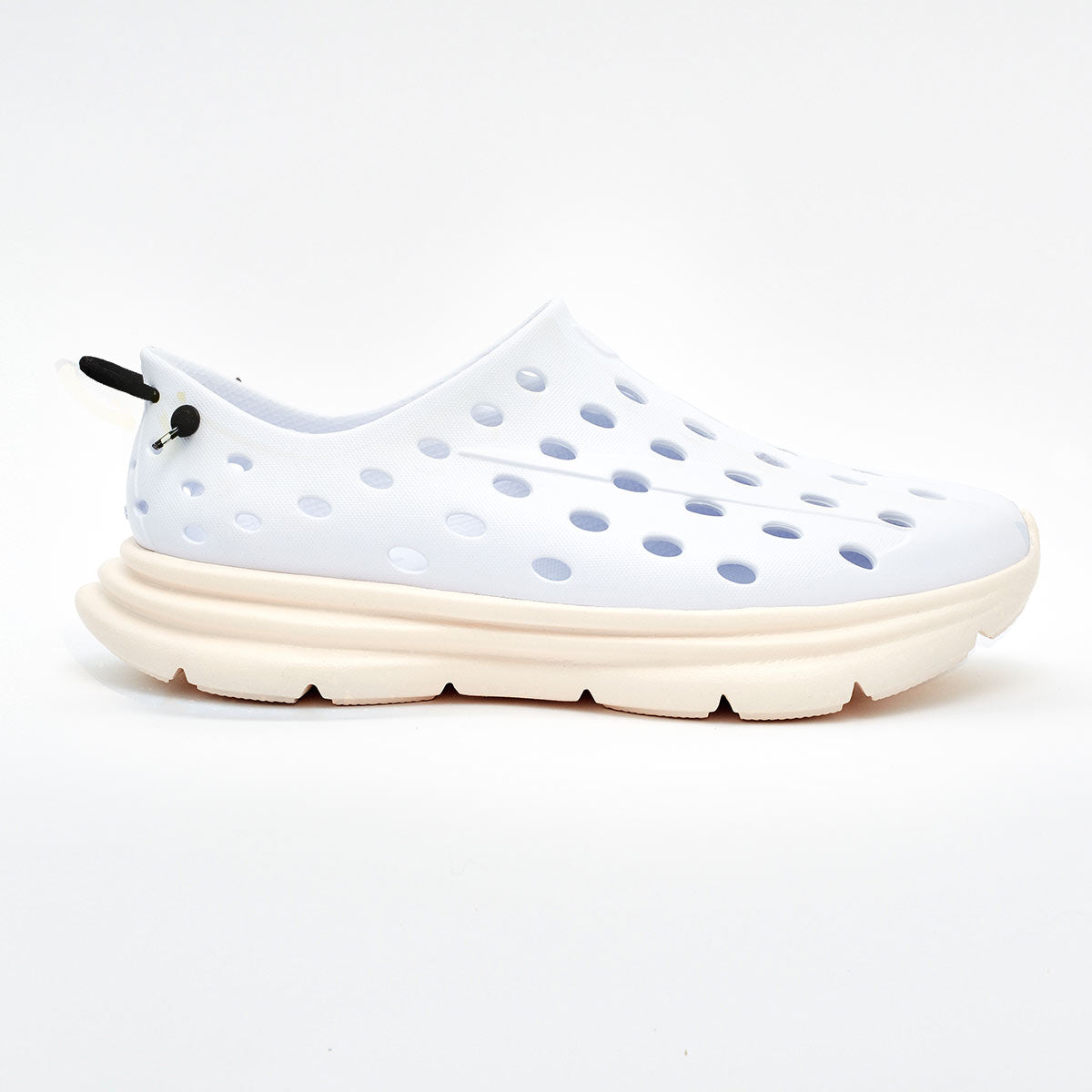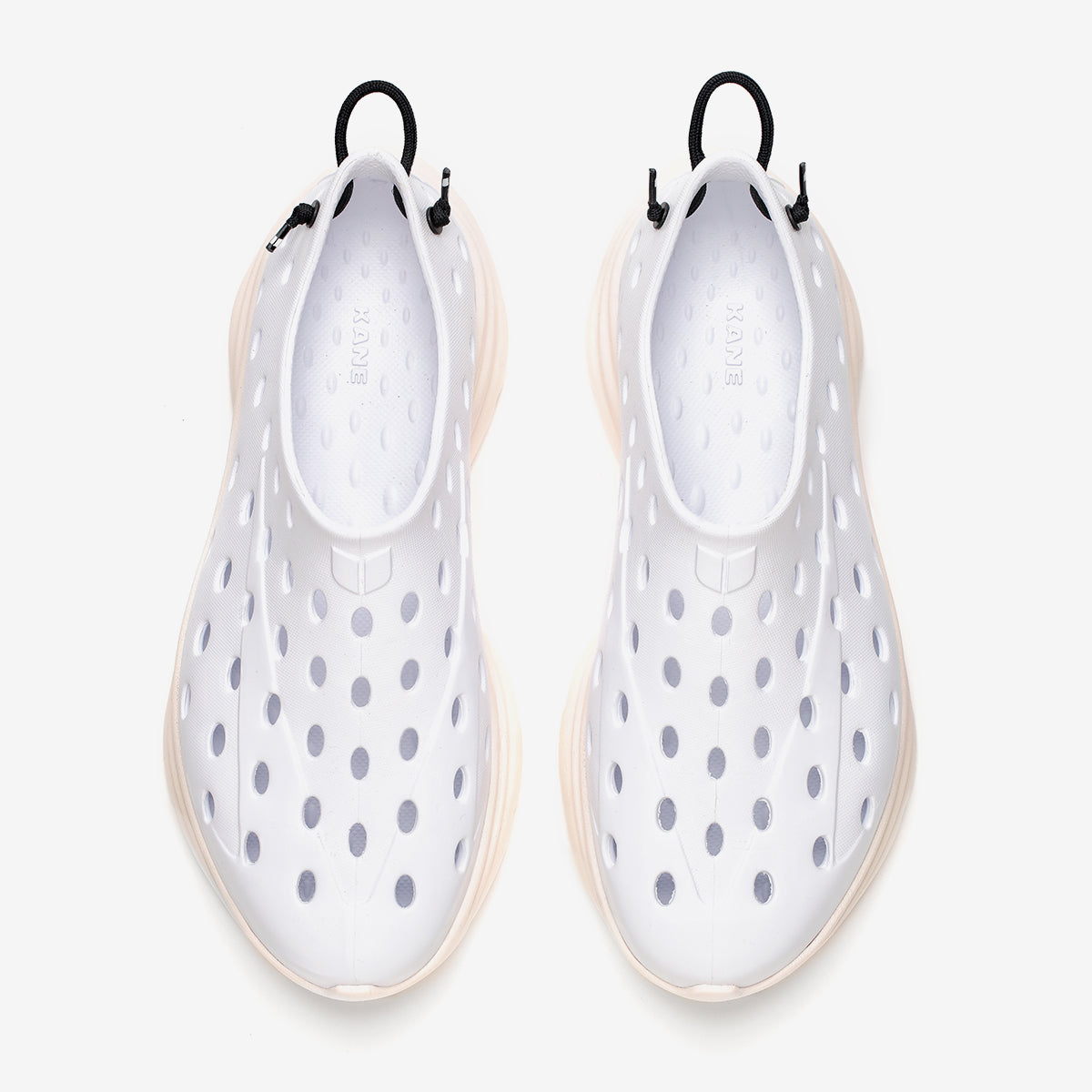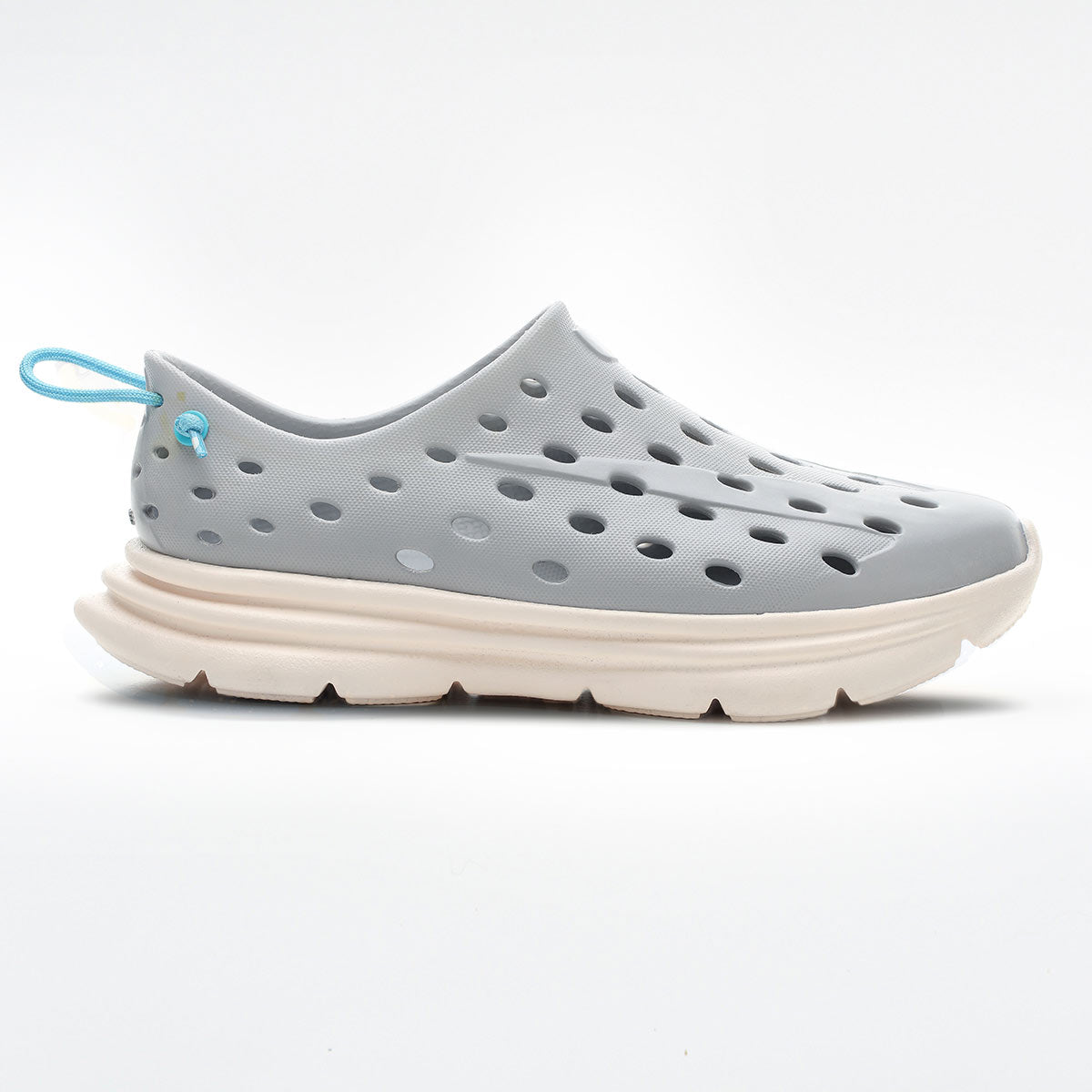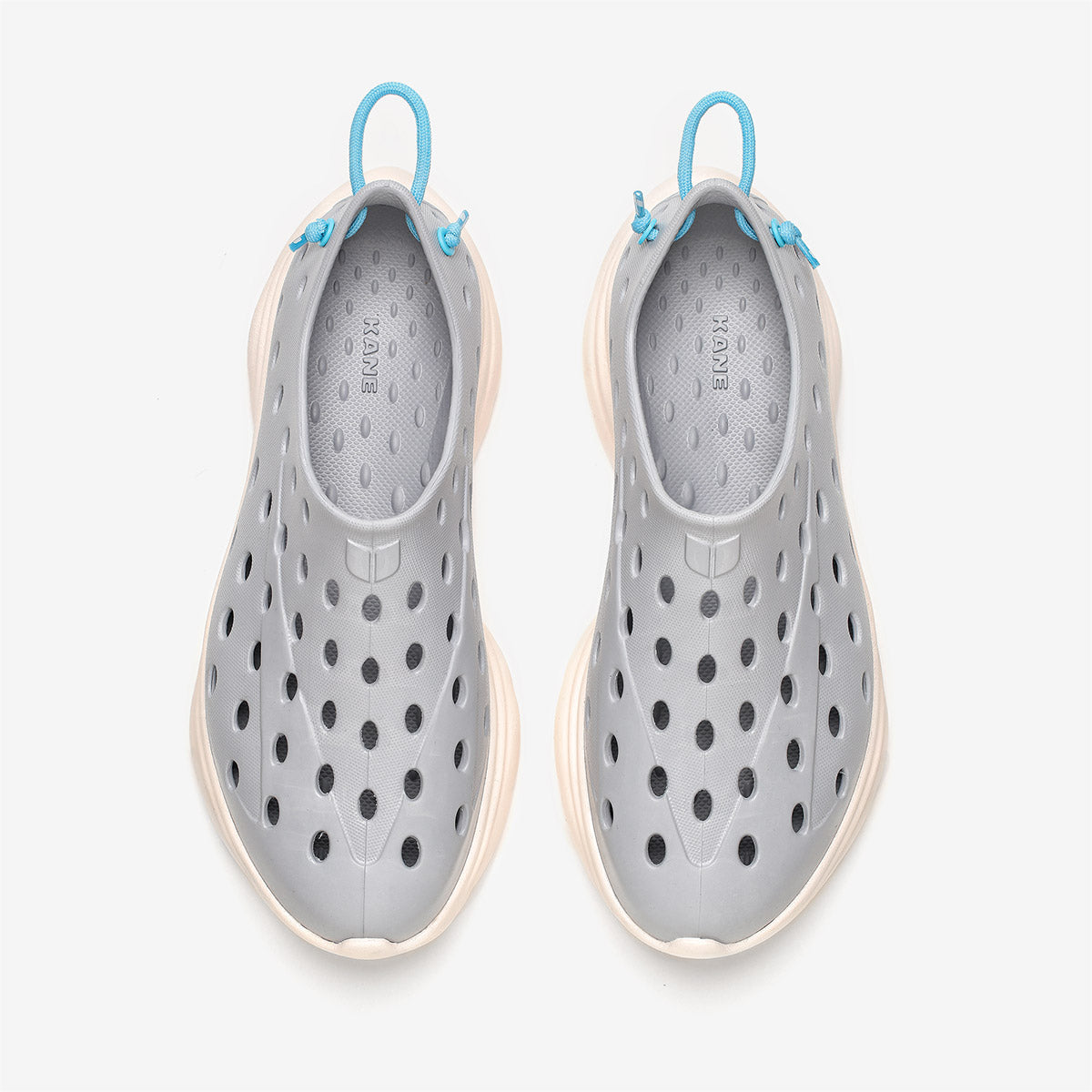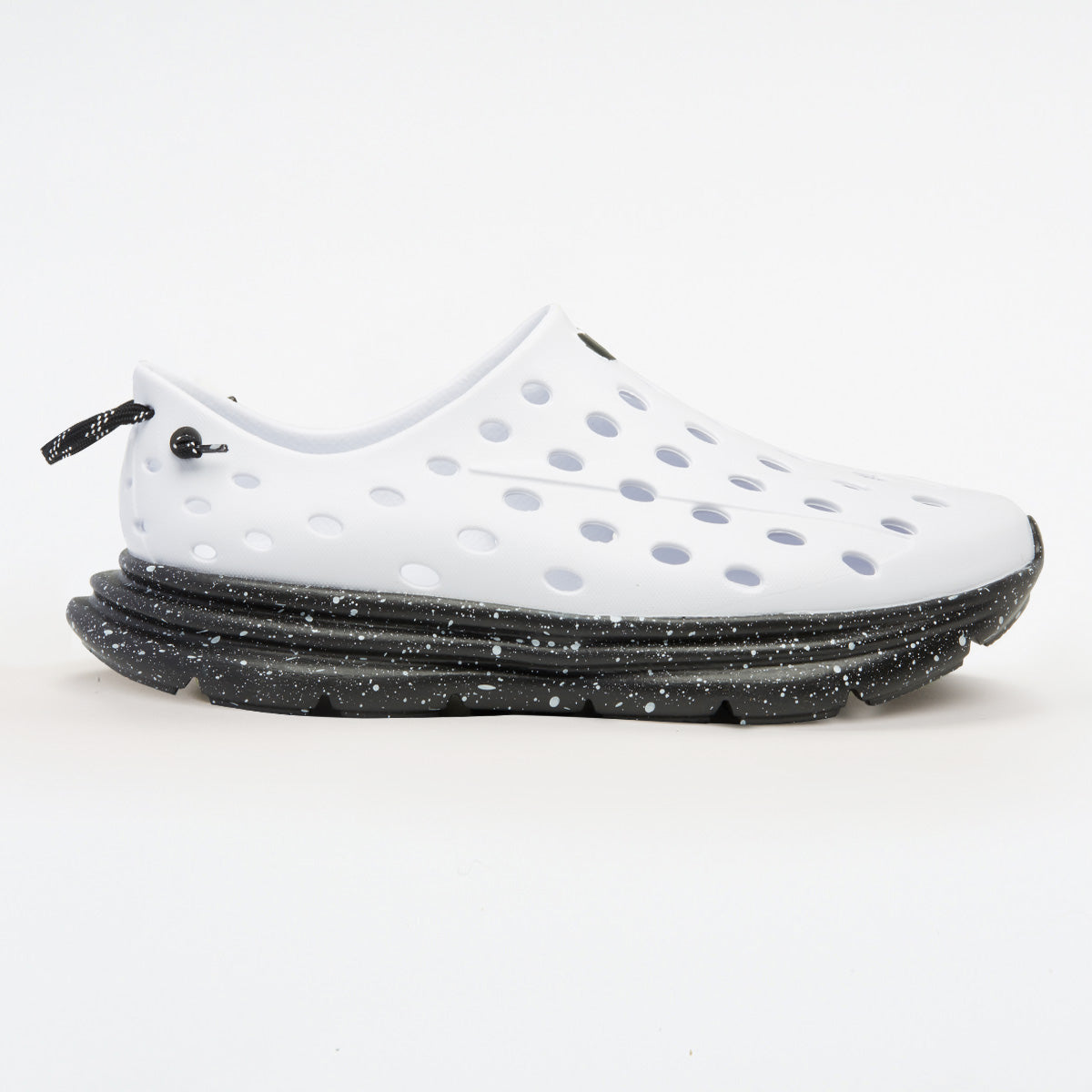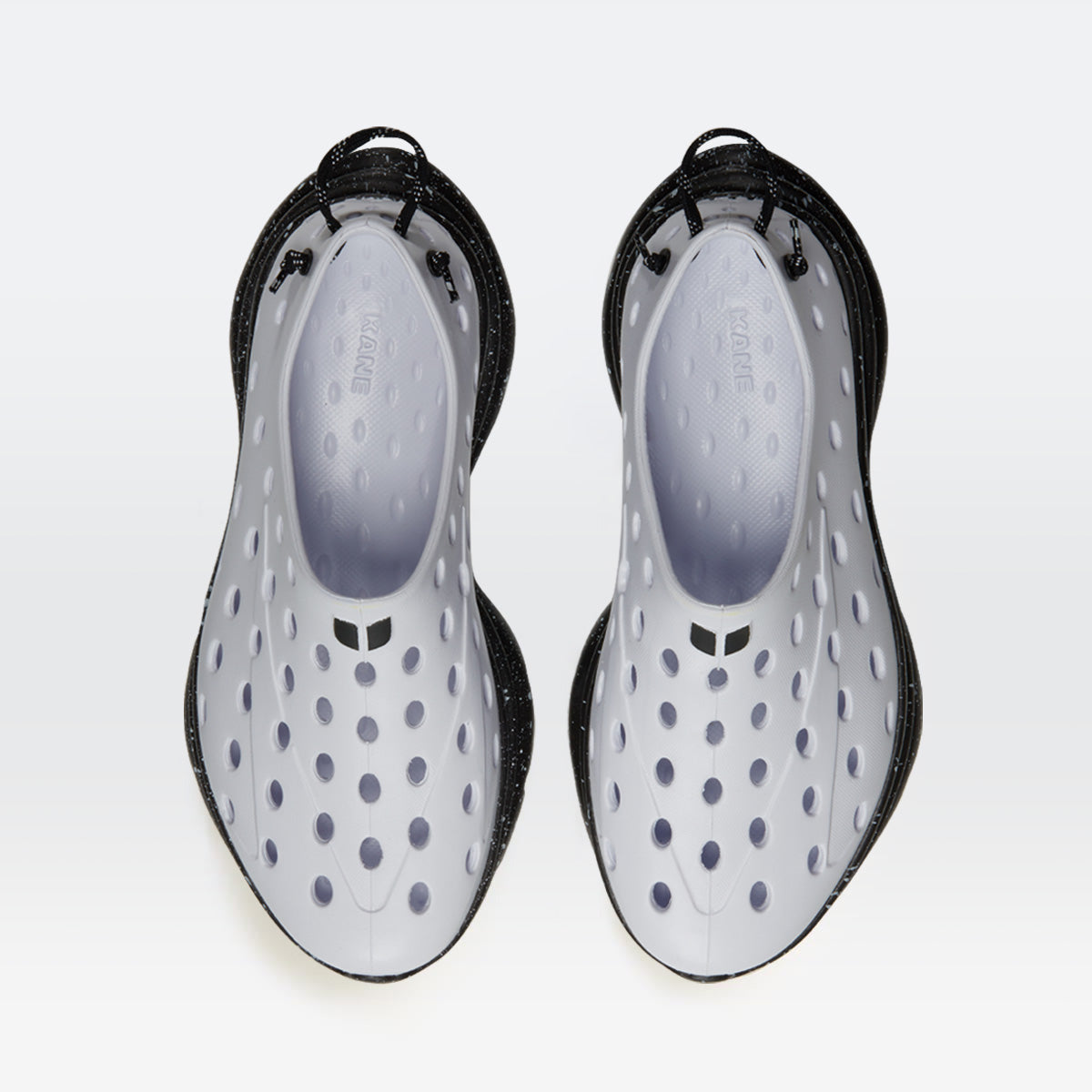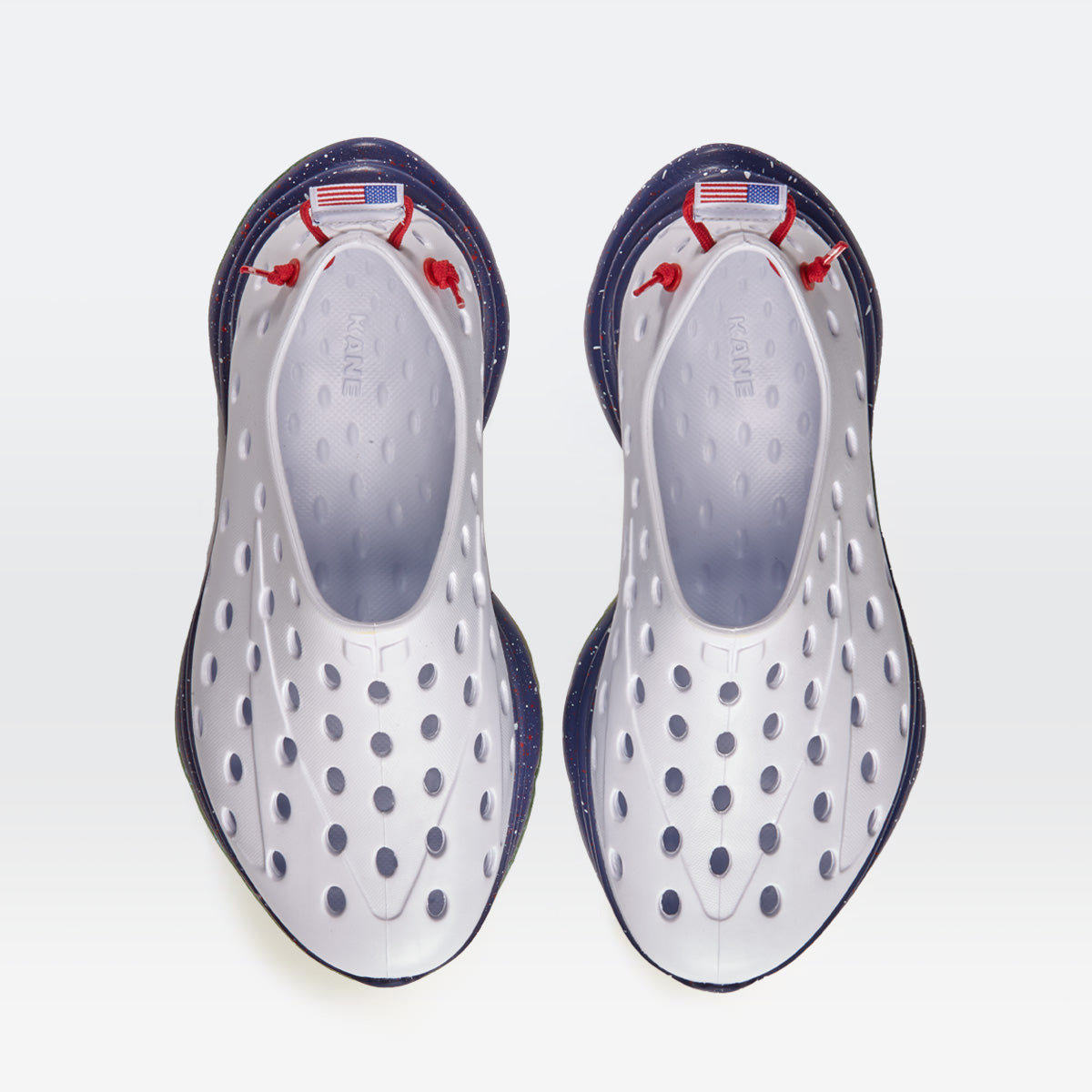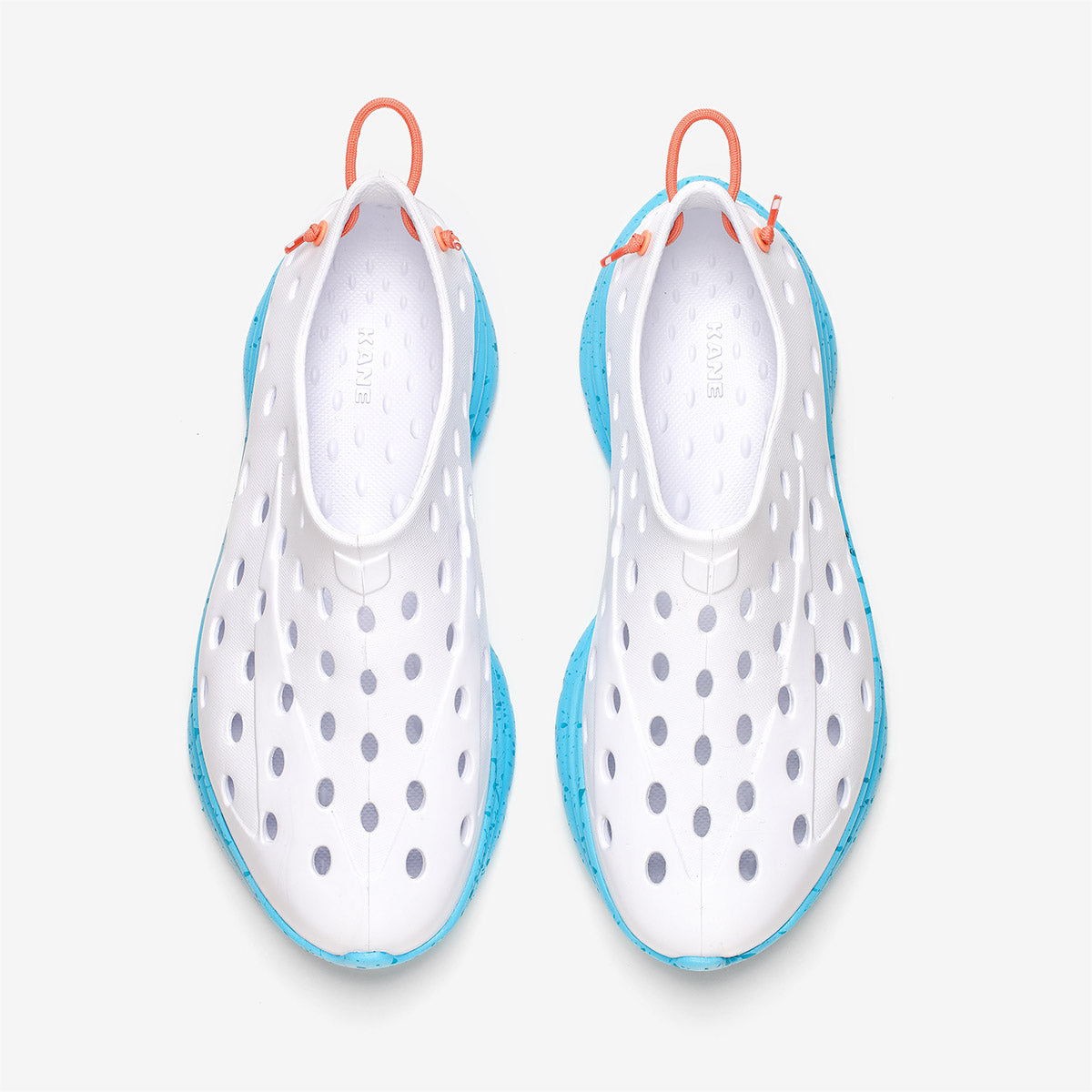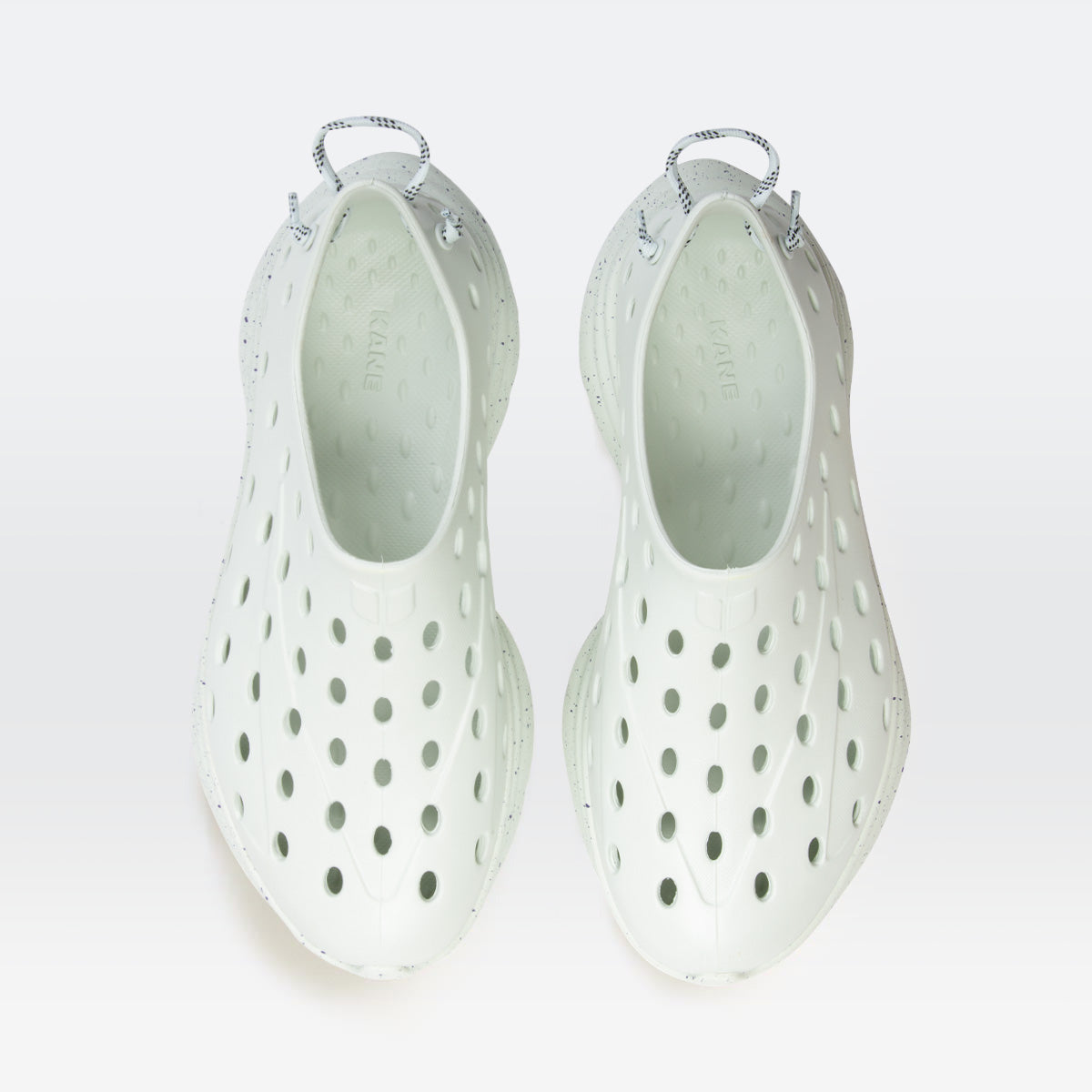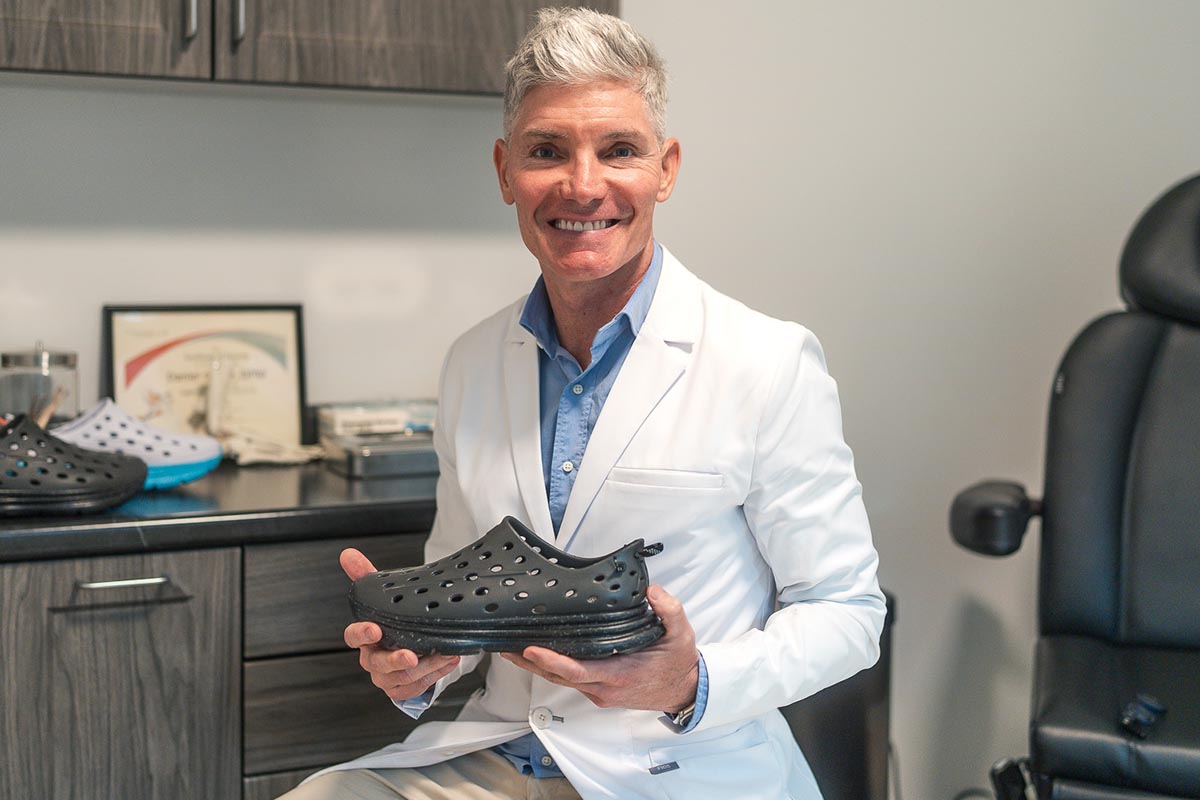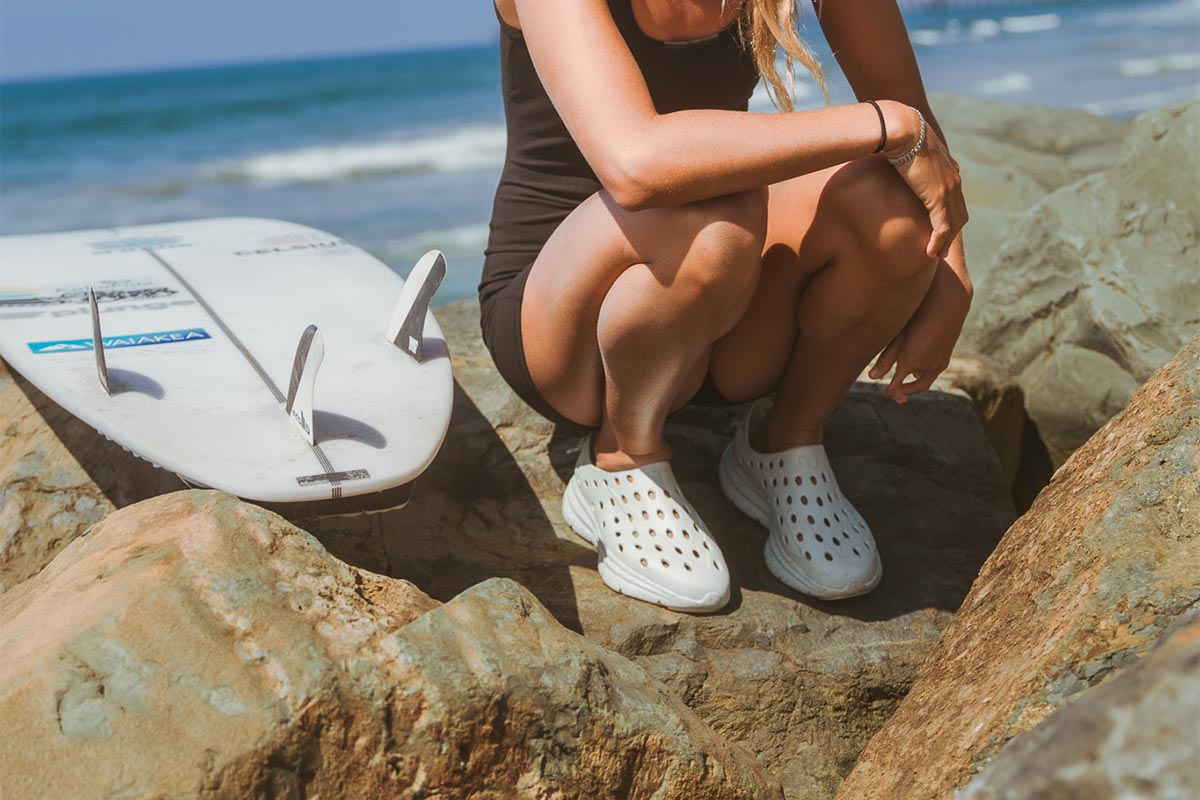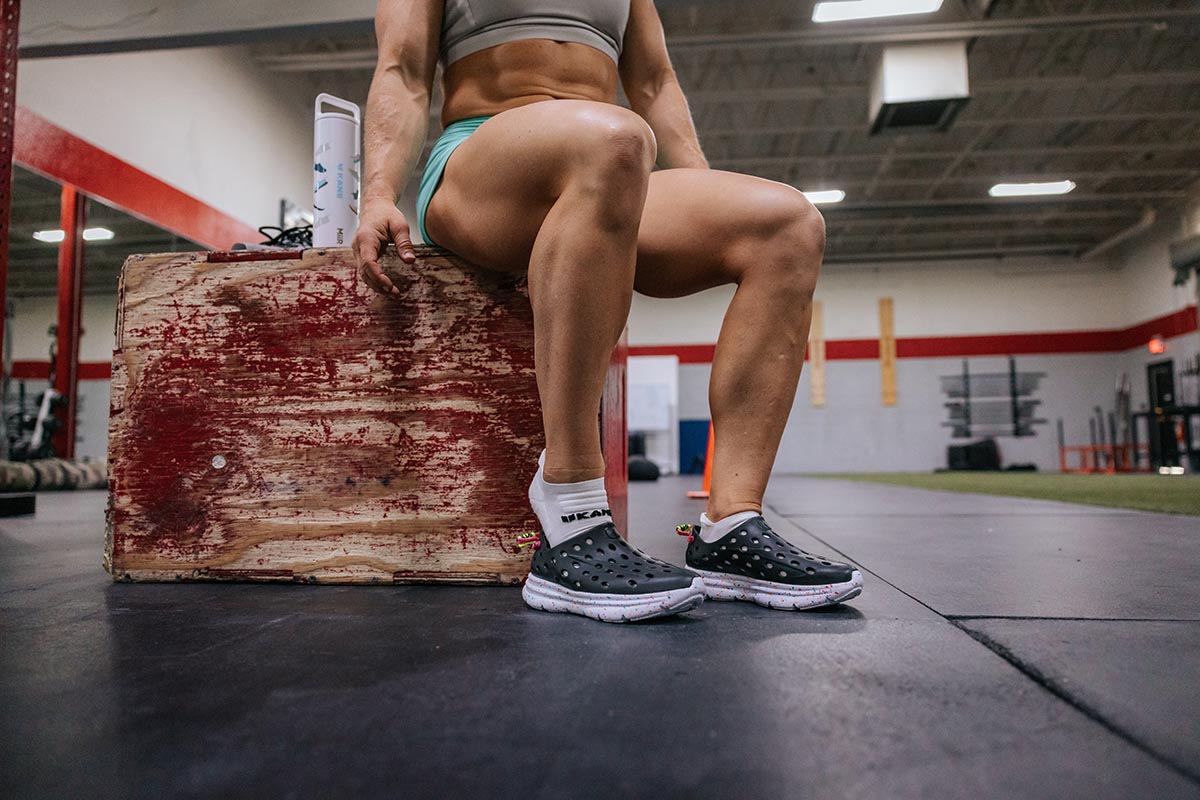Want some simple post-workout stretches that can boost circulation, lower your risk of injury, and restore your overall balance? If this sounds like something you’re after, then consider cool down stretching your solution.
By devoting just a few minutes to cool down stretching, your mind and body can experience many beneficial changes that aid in recovery. These stretches restore your body to a balanced state after exercise, allowing for a seamless transition from your workout routine back into your everyday activities.
Encourage blood flow through various stretches
Both dynamic and static stretching can greatly improve tight muscles and soreness after exercise. A physical therapist in particular can recommend the best stretches for you personally, and tailor a stretching routine for you accordingly.
You may be shown some (or all) of the following post-workout stretches:
1. Hamstring stretch
- Sit on the ground and extend one leg in front of you
- Bend the other leg with the sole of the foot against the inner thigh of the extended leg
- Lean forward from your hips to reach towards your toes
- Keep your back straight
- You should feel a stretch in the back of the extended leg
- Hold for 15-30 seconds on each leg
2. Butterfly stretch
- Sit on the floor with your legs extended
- Pull the heel of your right foot up towards you
- Draw your left heel inwards, allowing the soles of your feet to meet
- Hold your feet with your hands and rest your elbows on your knees
- Keep your back straight
- Let your knees fall towards the floor
- Gently press on your knees using your elbows
- Hold for 20-30 seconds
- Repeat three times
3. Lying twist
- Begin by laying down on your back
- Hug both of your knees into your chest
- Open up your arms straight out at the sides, making a "T" shape
- Maintain a forward-facing torso
- Lower your legs to the right while turning your head to the left
- Hold the stretch for 3 full breaths and return to the center
- Switch and repeat to the left side
4. Standing calf stretch
- Stand facing a wall
- Step one foot back, keeping it straight with the heel firmly on the ground
- Lean forward, placing your hands on the wall for support
- Bend the front knee
- You should feel a stretch in the calf of the back leg
- Hold for 15-30 seconds on each leg
5. Tricep stretch
- Raise your right arm toward the ceiling (without raising your shoulder towards your ears)
- Bend your right arm at the elbow
- Bring your palm behind your head
- Place your middle finger along your spine
- Grab your raised elbow with your left hand and slowly pull the elbow toward your left side
- Gently push it down your back
- Hold for 30 seconds
- Repeat on the other side
6. Hip flexor stretch
- Kneel down on one knee, with the other foot flat on the ground in front of you
- Keep your upper body upright
- Gently push your hips forward
- You should feel a stretch in the front of your kneeled leg
- Hold for 15-30 seconds on each leg
7. Shoulder stretch
- Start by standing with your feet shoulder-width apart
- Raise your right arm at a right angle to your body
- Bring your right arm across your chest toward the left side of your body
- Bend your left arm at the elbow
- Bring your left hand over your right upper arm
- Gently pull your right arm across your body with your left hand
- Hold for 20 seconds
- Repeat on the other side
8. Glute stretch
- Lie on your back with knees bent
- Cross one ankle over the opposite knee, forming a figure four shape
- Reach between your legs and interlace your hands behind the thigh of the non-crossed leg
- Gently pull the thigh towards your chest
- You should feel a stretch in the glute of the crossed leg
- Hold for 15-30 seconds on each side
9. Lower back stretch
- Laying on your back, bend both knees and place your feet flat on the floor
- Extend your left leg straight out along the floor
- Bring your right knee towards your chest
- Bring your arms around your bent leg, clasping your hands just below your knee
- Keep your back flat while you lengthen your spine
- Gently pull your knee upwards and inwards at your chest
- Hold for 20-30 seconds
- Repeat on the other side
10. Seated forward fold
- Start in the seated position on the floor with your legs extended
- Breathe in deeply and raise your arms above your head
- Slowly lean forward from the hips while exhaling
- Bring your hands down toward your toes
- Put your arms on your feet
- Gently pull your upper body down toward your legs
- Hold for 20-30 seconds
11. Downward facing dog
- Begin in a tabletop position with palms shoulder-width apart on the floor, knees under hips
- Curl your toes under and spread out your fingers wide
- Push upwards through the palms of your hands and the balls of your feet
- Draw hips upwards, toward the ceiling
- Straighten legs, lifting knees off the floor
- Inhale and exhale deeply throughout the stretch, relaxing your neck and head
- Stretch all the way through your upper back, the back of your legs, and the soles of your feet
- Hold for 30-60 seconds
12. Standing figure four
- Stand with your feet hip-width apart
- Balance on your left leg and bring the right leg upwards
- Cross the right ankle over the left thigh
- Bend the left knee outwards to the side
- Sit back in a mimed chair-sitting pose
- Remain balanced in this position
- Flex the right foot
- Press your hands gently into your right thigh for a deeper stretch
- Hold for 2-4 breaths
- Switch sides and repeat
13. Quadriceps stretch
- Maintaining an upright posture, bring one heel towards your glutes by bending your knee
- Reach back with the same hand to grasp your ankle
- Gently pull your heel towards your glutes and keep your knees close together
- You should feel a stretch in the front of the thigh
- Hold for 15-30 seconds on each leg
14. Toe splay
- Start by sitting upright and barefoot
- Place your feet on the ground with knees bent at a 90 degree angle
- Stretch out your toes as widely as possible
- Hold this position for 5 seconds
- Release the position fully
- Repeat this stretch 10 times over
15. Foot rock
- Start by sitting upright and barefoot
- Rock onto your heels while flexing your toes
- Rock forward onto your foot arches
- Move onto the balls of your feet and lift your heels off the ground, keeping your toes on the ground
- Repeat this stretch 10 times over
What else can you do to recover after a workout?
Hydrate
After exercise, it’s vital to rehydrate effectively in order to sustain an optimal hydration level and replace the fluids lost through sweating. Try to rehydrate immediately after your workout is complete, which would be within a window of approximately half an hour to an hour post-workout. This enables you to address fluid loss and kickstart the recovery process.
Observing the color of your urine can provide insight into how hydrated you are in the moment. Urine that is clear to light yellow indicates sufficient hydration, while dark yellow or brown-colored urine would suggest a certain level of dehydration that needs to be rectified.
Drink water
Water is a fundamental and necessary fluid for rehydration. Begin by consuming plain water to satisfy your immediate post-exercise thirst, and always opt for gradual sipping versus quickly gulping it down. Try to drink a sufficient amount of water in order to quench your thirst and help to restore and rebalance your body's fluids.
Drink electrolytes
Often plain water is not quite enough to fully rehydrate you, so you’ll need to level up your fluids even further. It’s important to replenish your electrolytes in order to properly rehydrate. Electrolytes are a combination of specific minerals like sodium, potassium, magnesium, and chloride that are key for the maintenance of fluid homeostasis and muscle support.
When working out, you lose natural electrolytes through sweating. Conveniently, these can be added into your water, or purchased as a separate beverage in a sports drink format or coconut water. There are many foods that also contain plenty of electrolytes, such as spinach, kale, avocados, and bananas.
Fuel
Following a workout, it’s key to replenish your body with the appropriate nutrients. This will aid in recovery by restoring your energy reserves.
Eat protein
Protein plays a crucial role in both repairing and building muscles. Incorporating a lean protein source into your post-workout meal contributes to muscle recovery. Consider options such as turkey, fish, tofu, yogurt, eggs, lentils or beans.
Eat healthy fats
Nutrient-rich fats offer energy and support necessary nutrient absorption, so including unsaturated fat sources into your post-workout meal is very advantageous. A few examples of healthy fat sources are nuts and nut butters, seeds and seed butters, avocados, and olive oil.
Eat carbohydrates
After a workout, carbohydrate intake is essential in order to restore depleted glycogen reserves in your muscles. Always select complex carbohydrates, such as fruits, vegetables, whole grains, and legumes, as they offer a sustained release of energy and are packed with minerals, vitamins, and fiber.
A few examples of complex carbs are bananas, quinoa, sweet potatoes, leafy greens, and berries. Consider combining several of these options into a delicious smoothie!
Take a shower or bath
Aside from the clear hygienic benefits of showering or bathing, there are many other physical and mental advantages to soaking post-workout.
Circulation improvement
Switching between hot and cold water in the shower, referred to as contrast therapy, can improve blood circulation. The hot water causes blood vessels to expand, boosting blood flow to the muscles, whereas the cold water contracts blood vessels, aiding in the removal of waste products and reducing inflammation. This alternation can promote circulation and contribute to the recovery process.
A warm bath is beneficial after a workout, as it helps you recover and feel calm, regardless of how strenuous the exercise was. Submerging in warm water can relieve muscle pain and soreness, reduce feelings of stress, ease inflammation in the body, and promote blood flow.
Temperature regulation
Exercise elevates your body temperature, and taking a shower helps to lower it. Showering with cooler water in particular facilitates the removal of heat from your body, returning your core temperature back to normal. This can be especially advantageous after working out in hot weather or if you experience significant sweating during your workouts.
Mental revival
Jumping in a shower or getting into a bath post-workout can give you a much needed mental refresh. They both allow for a seamless transition from finishing a workout to continuing with the remainder of your day, helping to rinse away any built up fatigue or stress.
Foam rolling to ease muscle soreness
It’s important to learn how to foam roll effectively, which can be done with the help of a physical therapist. Before including any foam rolling methods into your recovery plan, think about seeking some advice from a healthcare professional or sports therapist first - namely if you have specific concerns or injuries.
Foam rolling is a helpful self-massage technique where pressure is applied to specific areas of your muscles and fascia (the connective tissue surrounding your muscles). Applying this pressure aids in tension relief and loosens knots in the muscles. Foam rolling promotes optimal blood flow, enhances muscle function, and reduces muscle tightness and risk of injury.
When performed correctly and with practice, foam rolling can indeed be a soothing experience. The massage-like feel can help you unwind and lower stress, both physically and mentally. Adding foam rolling to your post-workout routine has a therapeutic effect, while it supports your overall recovery.
Recovery footwear
Wearing proper recovery shoes can help considerably in your post-exercise recovery. These types of shoes are specially designed to provide comfort, support, flexibility and traction, allowing your foot to recover from workout strain with ease.
Recovery sneakers can help to lower inflammation, improve blood circulation, decrease stress on your muscles and joints, and reduce the risk of injury. Recovery footwear is formed specifically to promote airflow and ventilation, allowing moisture from post-workout sweat to escape, keeping the feet cool and dry.







